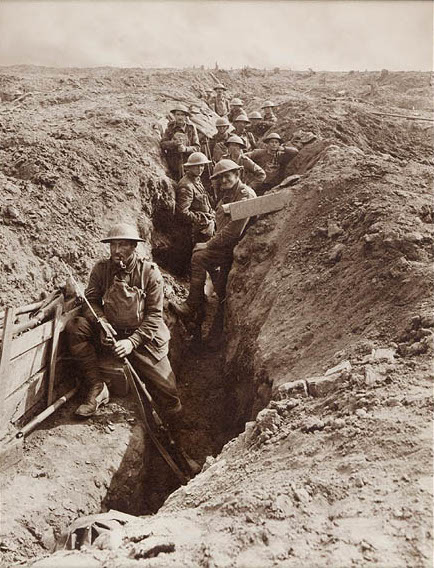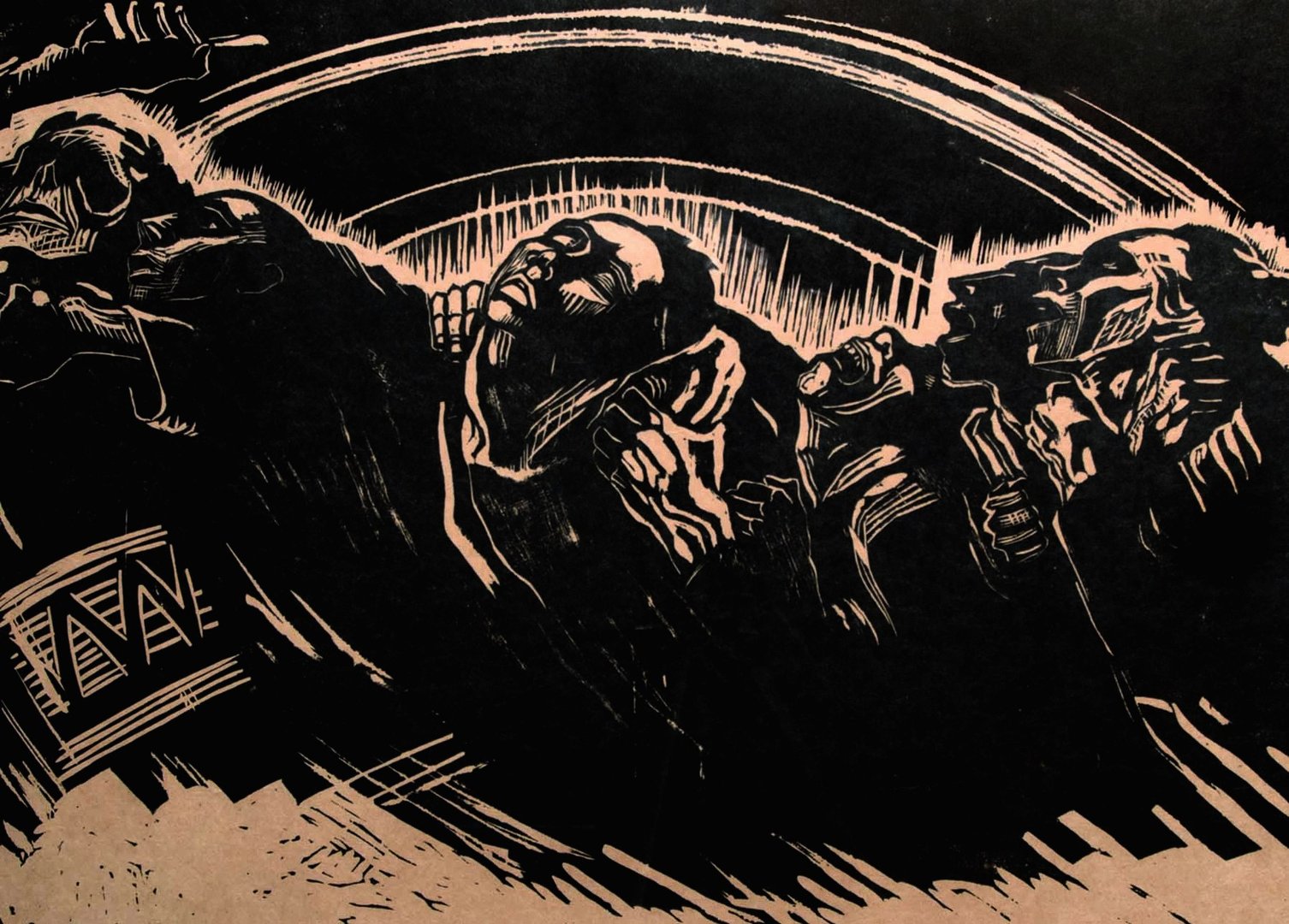5.12 ALL QUIET ON THE WESTERN FRONT
Social and intellectual developments 1870-1914
- 1870s – Serfs and slaves are freed, creating new social and economic problems
- 1871 – Edison invents the lightbulb
- 1881 – Pasteur and Koch prove “germ theory” of disease
- 1881 – Social insurance is initiated by Bismarck in Germany
- 1888 – Brazil abolishes slavery
- 1889 – International league of socialist parties founded
- 1894-1906 – Dreyfus affair reveals anti-Semitism and splits church and state in France
- 1896 – X-rays and the wireless telegraph are invented
- 1900 – Freud publishes The interpretation of Dreams
- 1903 – First Wright brothers’ flight
- 1905 – Einstein formulates the theory of relativity
- 1905- Revolution in Russia
- 1906-1911 – Social insurance and parliamentary reform in Britain
- 1909 -Ford produces assembly-line cars
- 1911 – Revolution in China establishes a Republic
- 1911 – Theory of positively charged atomic nucleus formulated
These huge changes created turmoil and disrupted economic and social systems.
- The gap between the prosperous and the poor increased
- Violent breaks with the past are reflected in art, music, politics, social structures etc.
- The rapid growth of big business enhances the misery of the working classes
- Cities became overcrowded and experienced food shortages
- Due to economic competition rivalries between European powers were exacerbated
- Due to rivalries and economic competition, there is a rise in Nationalism
- Colonies continue to provide ground for competition at the expense of underrepresented people
- Heroism abroad allows individuals to rise above their social stations
The disruption of the social and economic fabric of cultures around the world created the perfect storm for the coming of World War 1, (1814-1818).
The Cost of War
This was the first “industrial” war. In the past soldiers primarily fought face to face with the enemy. For the first time, the war that soldiers fought was against technological death machines and other recent inventions such as deadly mustard gas.This new way of doing battle accounted for unprecedented numbers of dead. Fighting against an unseen enemy and constantly living in fear of attacks from the sky seriously damaged moral of the troops. Although trench warfare had been in use as early as the 17th century it had primarily been used asa weapon of defense.Now both sides had soldiers cowering in opposing trenches. In the past winning had been accomplished by capturing and holding territory. In World War 1 a stalemate developed on the Western Front, causing opposing trenches to become a permanent aspect of battle. Winning now seemed to mean surviving longer than the mostly invisible enemy.
Trenches filled with water during rain. Soldiers were left with wet feet and boots causing illness and serious foot problems. Food was scarce at the front weakening men further. Deadly mustard gas was a constant threat. Those who survived it often spent the rest of their lives in misery due to the damage it caused. Most “survivors” died of cancer in the long run.Soldiers were often forced to stay in trenches while the dead bodies of their comrades began to decay.The war to end all wars became an exercise in futility leaving many soldiers wondering just what they were fighting for.

There was no diagnosis of PTSD in the early 20th century. The syndrome was referred to as “battle fatigue” and as it was not considered a medical condition, soldiers generally got no help coping during or after the war. Those who had fought in previous wars often thought this new generation of soldiers was weak. People on the home front could not possibly understand how war had changed since they were engaged in it. This is the environment of Erich Maria Remarque’s novel, All Quiet on the Western Front.
All Quiet on the Western Front
Following the devastation of the war the Fauvist and Expressionist groups had disbanded but the style continued to be used in art and literature. When reading Remarque’s book students are often surprised at how modern it seems and how relevant it is to their lives.
Key Takeaways
As you read, keep in mind the elements of the expressionistic and symbolist styles. You will find that the book is essentially written in an expressionistically and that it is filled with symbolism and metaphor.
- Analytical questions about All Quiet on the Western Front:
- Who sells the war to the men who fought in it? How do they sell it?
- What do the soldiers learn from basic training?
- Contrast the characters of Himmelstoss and Katczinsky.
- Describe the narrator character, Paul. How does his character change over the course of the book?
- How much does the reader learn about the characters in the novel?
- Who are the enemies of the German foot soldiers? Did the German foot soldiers in All Quiet on the Western Front hate their enemies?
- What is the objective of the battles in the novel?
- What alternatives to traditional forms of war do the soldiers suggest?
- Does the book offer any hope that war might be avoidable? Why or why not?
- Aside from the kinds of tactics and weapons employed during W.W.I. , could Remarque be describing any other war?
- What are the dominant themes of the novel?
- Did reading All Quiet on the Western Front change your attitudes about war? If so, how did it do so?
- The War described in the novel ended over a hundred years ago. What relevance does this book about war have to do with our contemporary world?
Possible essay topics:
How does the book fulfill the expectations of the expressionistic and symbolic styles?
How many different purposes does the natural world (other than human) have in the book? Provide specific examples to support your assertions.
Describe Remarque’s treatment of one of the themes in the novel.
Contrast two characters in the novel and discuss how the differences serve Remarque’s purpose.

“Notes on a second state proof of Die Freiwilligen indicate that the figure next to death is Peter Kollwitz (1896–1914), alongside his friends Erich Krems (1898–1916), Walter Meier, Julius Hoyer († November 1918), and an unidentified figure which could represent either Richard Noll or Gottfried Laessig.”2

